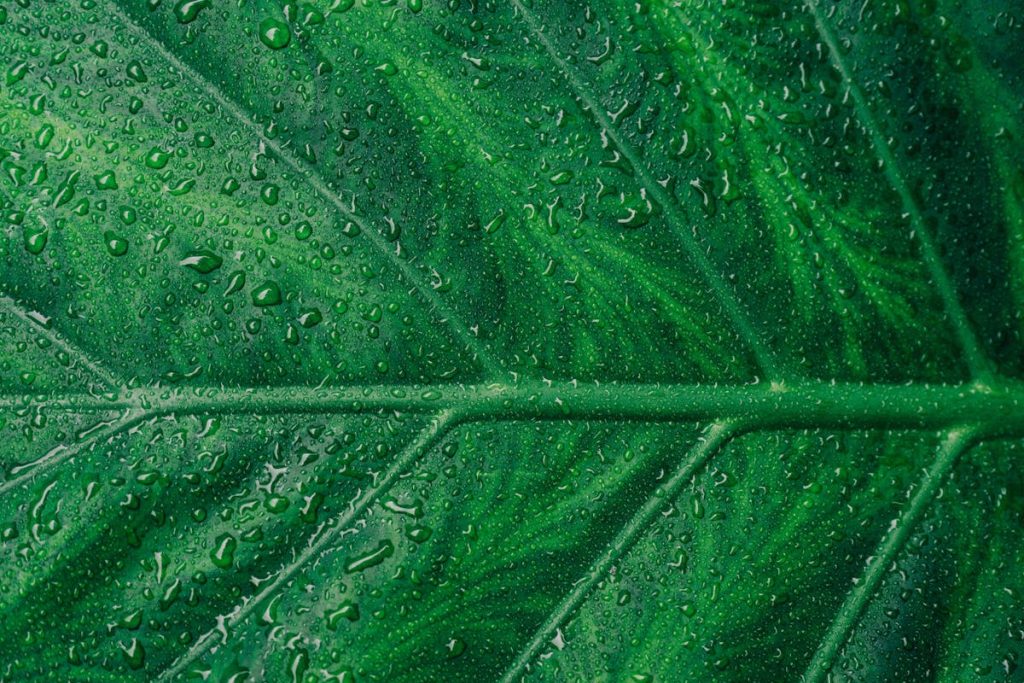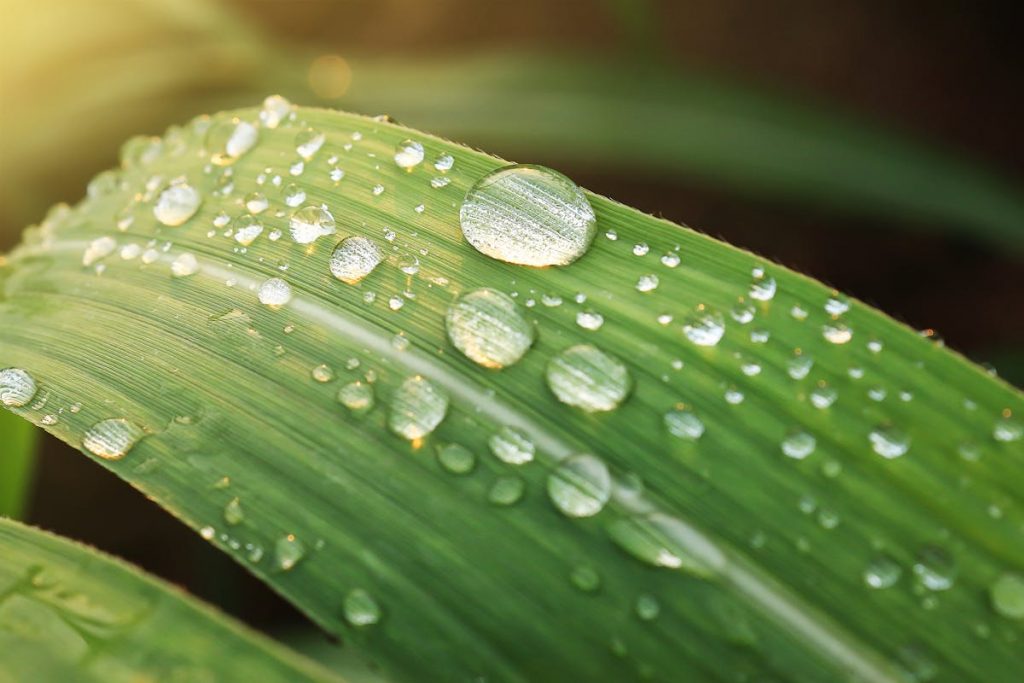- Check soil moisture before watering to ensure plants need water; tailor watering by plant type.
- Employ well-draining soil and pots with a drainage layer to avoid root waterlogging.
- Water plants during cooler times, such as morning or evening, to minimize evaporation.
- Apply organic mulch to retain soil moisture and replenish it regularly for plant health.
Watering your plants is an essential part of gardening. However, overwatering can be a common mistake that many gardeners make. Overwatering can lead to root rot, fungus growth, and other plant health issues. It’s important to know how much water your plants need and when they need it. This blog will discuss the most effective methods for preventing overwatering in your home garden.
Check the Soil Moisture Level
One effective way to prevent overwatering is by checking the soil moisture level before watering. You can use a soil moisture meter or simply stick your finger into the soil up to the second knuckle. If the soil feels moist, then wait before watering again. If it feels dry, then it’s time to water.
Additionally, make sure to check the soil moisture level in different parts of your garden. Some plants may require more frequent watering than others, so it’s important to tailor your watering schedule accordingly.
Use Well-Draining Soil
Plants that are in poorly draining soil are more prone to overwatering because excess water has nowhere to go. Using well-draining soil like sandy loam or potting mix with perlite will allow water to drain more efficiently and prevent waterlogging of roots.
You can also create a drainage layer at the bottom of your pots by adding pebbles or rocks before adding soil. This will help excess water drain out of the pot and prevent it from sitting in the soil. Just make sure not to add too much, as it can create a barrier for water to reach the roots.
Water at the Right Time of Day
Watering during the hottest part of the day can cause water loss due to evaporation before it gets absorbed by plants’ roots. Watering early in the morning or late in the evening when temperatures are cooler allows for better absorption and less water loss.
Use Mulch
Mulching around your plants helps retain moisture in the soil while also regulating temperature and reducing weed growth. This means you won’t have to water as frequently since less water will evaporate from the soil surface. To get started with mulching, here are four steps you can follow:
Choose an Organic Mulch
An organic mulch like shredded bark, straw, or compost will not only help retain moisture but also add nutrients to the soil as it breaks down. You can also use inorganic mulches like plastic or landscape fabric, but they won’t add any nutritional value to the soil.
Lay Down a Layer of Mulch
Spread a layer of mulch around your plants about two to three inches deep. This will help suppress weed growth and retain moisture in the soil. Be sure not to pile up the mulch against the stems of plants, as this can lead to rot and disease.
Replenish Mulch as Needed

Mulch naturally decomposes over time, so it’s essential to replenish it every year or two. This will ensure that your plants continue to benefit from its moisture-retaining properties.
Water Before Applying Mulch
Before adding mulch, make sure the soil is moist. If it’s too dry, the mulch will actually absorb water from the soil rather than retaining it. So, give your plants a good watering before laying down mulch to ensure proper moisture levels.
Mulching also helps prevent overwatering by acting as a barrier between the soil and the atmosphere, reducing water loss due to evaporation. It’s an easy and effective way to keep your plants healthy while conserving water.
Use a Garden Grid Watering System
A garden grid watering system, also known as drip irrigation, is a great way to water your plants without the risk of overwatering. This system delivers water directly to the roots at a slow and steady rate, preventing waterlogging and ensuring each plant gets the right amount of water.
A garden watering system also helps conserve water by minimizing evaporation and runoff. Using a garden grid watering system is also convenient as it can be set on a timer, so you don’t have to worry about manually watering your plants every day.
The key to preventing overwatering is to understand and respond to the individual needs of your plants, which includes assessing soil moisture, using well-draining substrates, watering at optimal times, and employing mulch and irrigation systems wisely.
By incorporating these practices into your gardening routine, you can create a thriving garden ecosystem that is both lush and sustainable. Remember that healthy watering habits not only contribute to the vigor of your plants but also conserve our precious water resources.



















